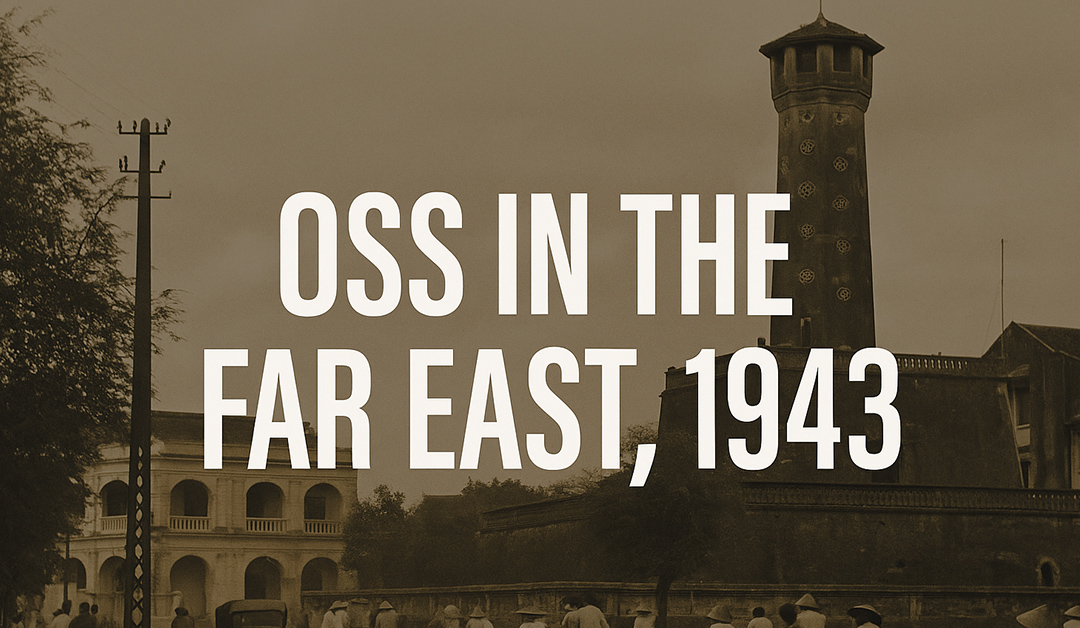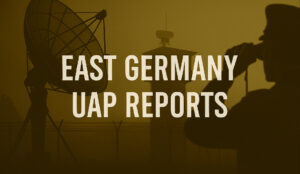A rare cache of declassified wartime correspondence from the Office of Strategic Services (OSS) reveals how U.S. intelligence officials tracked shifting alliances, insurgent activity, and enemy influence across East Asia in 1943.
The document doesn’t contain a single explosive revelation-rather, it shows the intricate web of informal contacts, coded communiqués, and strategic hedging that characterized early American espionage in the region.
Though dry in tone, the pages expose the breadth of the OSS’s intelligence-gathering efforts during a pivotal year of World War II.
🧭 Mapping Influence from China to Indochina
Much of the correspondence concerns Japanese military logistics, Chinese nationalist movements, and the complicated posture of Vichy-aligned French authorities in Indochina.
Key takeaways include:
-
Monitoring Japanese troop movements and resupply efforts by sea
-
Reporting on the Kuomintang’s covert military buildup
-
Concerns about pro-Axis sentiment among colonial officials in Vietnam
-
Use of clandestine civilian informants in coastal trade hubs
These weren’t polished intel summaries. They were raw cables, handwritten notes, and personal recommendations routed to and from OSS outposts in China, Burma, and India.
📡 Coded Messages and Shadow Diplomacy
One exchange discusses a recommended intermediary with "pre-existing commercial ties" to French officials in Hanoi.
Another references a "diplomatic offer" relayed via Thai nationals-possibly part of an OSS effort to flip local assets without direct U.S. engagement.
Much of the language is intentionally indirect. This was intelligence passed on before the U.S. had the full diplomatic reach or military positioning to act openly.
🐍 Internal Distrust and Political Calculations
Several entries show OSS agents questioning the reliability of their own sources.
One refers to a "pattern of embellished field claims" while another urges caution with a "Chinese contact known to distort intentions for favor."
Even in wartime, politics ran deep.
The OSS had to navigate competing factions within the Chinese resistance, rivalries between Allied intelligence services, and the looming presence of Soviet influence creeping into Eastern theaters.
📂 Not a Battle Plan-But a Blueprint
This document isn’t a top-secret operation order. It’s not even a cohesive report. Instead, it’s the connective tissue between people, posts, and fragmented pieces of field intel.
But taken together, it shows how the OSS viewed the Far East not as a single battlefield, but as a patchwork of uncertain loyalties, emerging threats, and soft power opportunities.
The correspondence reflects a formative phase in American intelligence history-before the CIA existed, when improvisation and instinct still guided global strategy.






